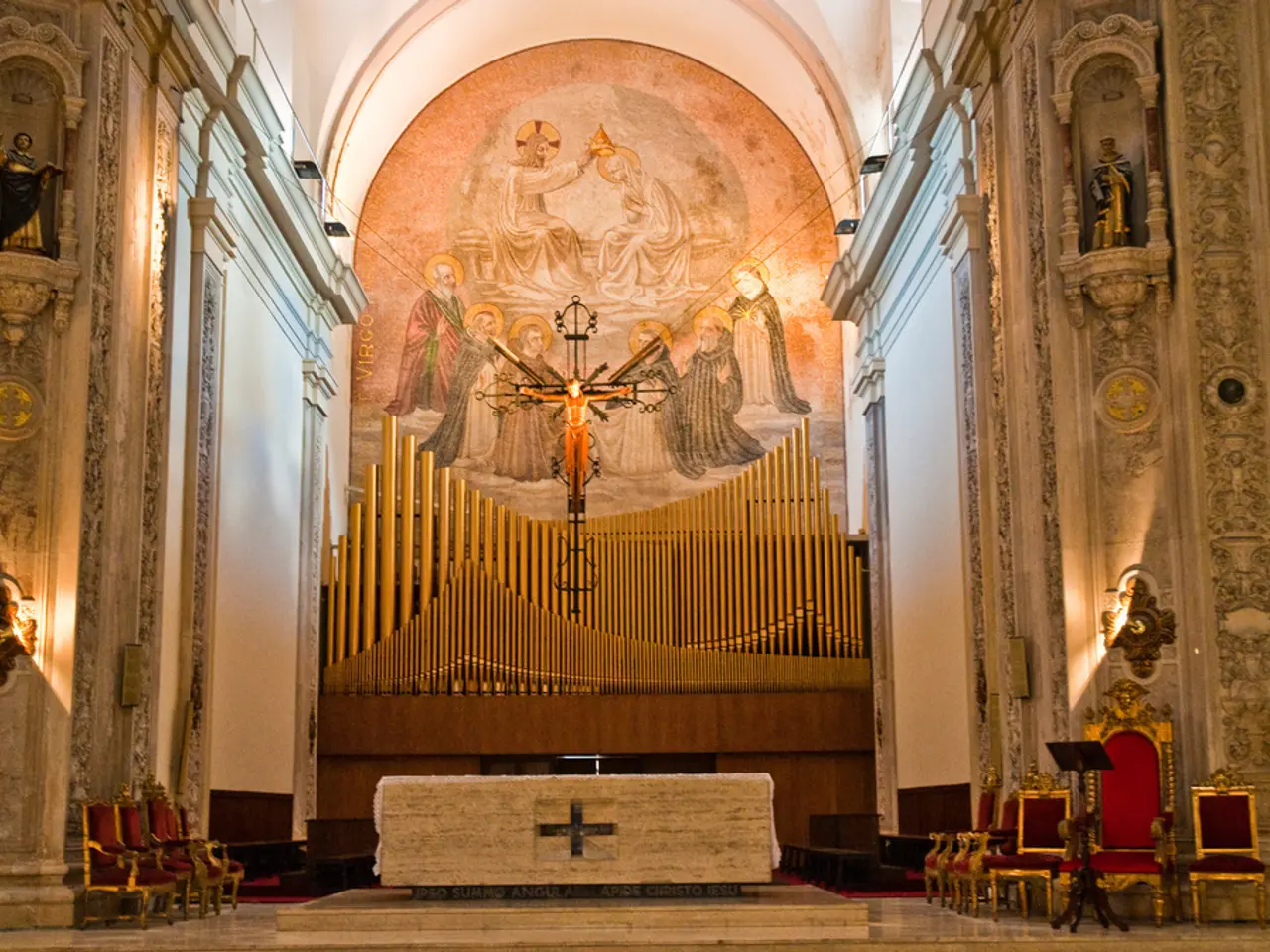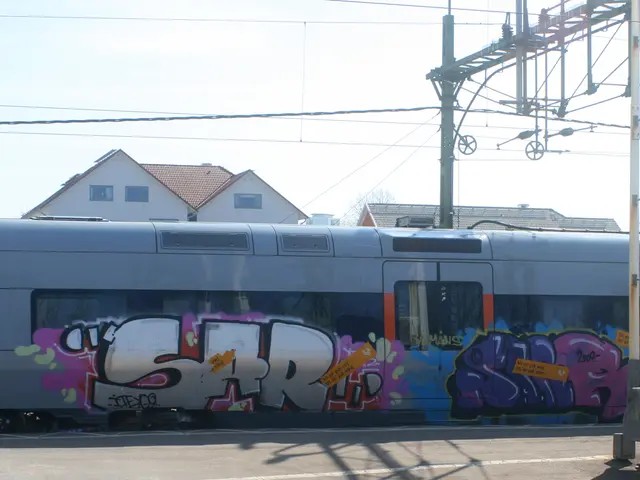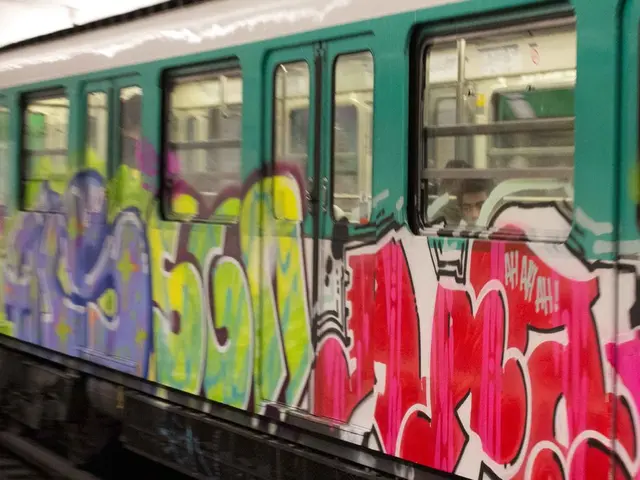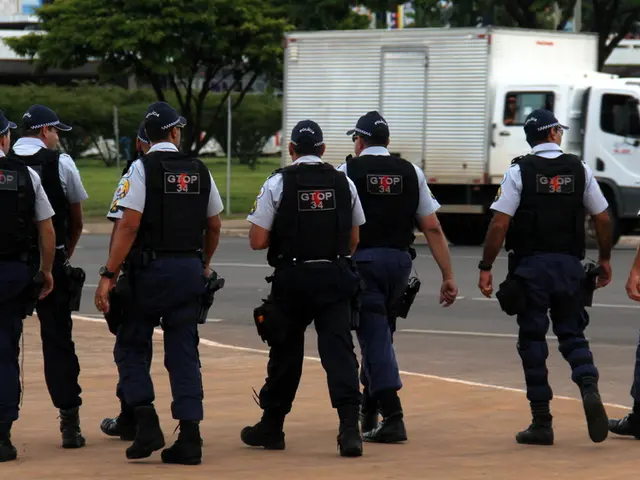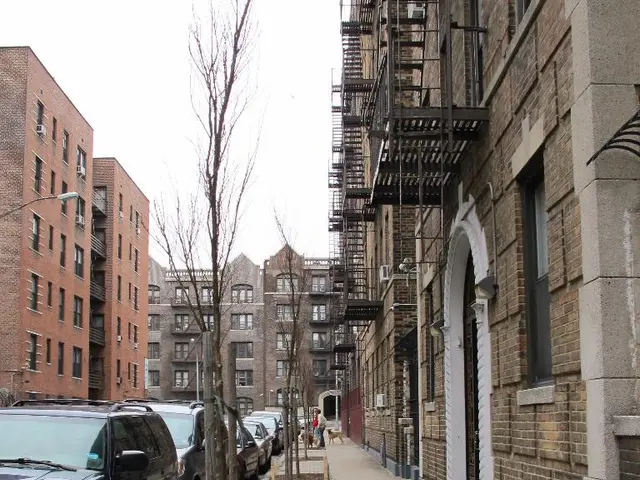Germany's Jewish Community Thrives, Grows After WWII
After World War II, many Jewish communities in Germany saw themselves as 'liquidation communities', aiming to emigrate, mainly to the USA and Israel. No one expected Jewish life to resume in Germany, but the Central Council of Jews in Germany was established in 1950, representing around 105 communities with approximately 100,000 members today.
The Central Council was founded on July 19, 1950, at the Frankfurt 'Philanthropin' school, uniting different religious streams. Initially, it was a transitional arrangement to bring order to the post-Shoah situation. However, over time, its mandate evolved to become the political, social, and religious voice of Germany's Jewish community.
Following German reunification in 1990, the Central Council absorbed the five GDR associations and moved its administration to the Leo Baeck House in Berlin. Today, it represents a significant presence, with the Jewish Academy in Frankfurt under construction. A topping-out ceremony was held in 2024, and the opening is planned for summer 2026. A university professor, whose name is not mentioned, has supported the establishment of the Jewish Academy.
The state treaty on Jewish military chaplaincy was signed in 2019, and Zsolt Balla was appointed as the first military federal rabbi in 2021. The Central Council continues to grow and adapt, reflecting the resilience and vibrancy of Germany's Jewish community.
Read also:
- Questions for Fabio Pammoli, Economics and Management Professor at the Polytechnic University of Milan, concerning Facebook's Data for Good Initiative
- Activists supporting Julian Assange in Baden-Baden deliver historical documents to Dessau, numbering 161 in total.
- Accidental Escape in Schönaicher Straße, Confirmed by Polish Police in Böblingen
- Armed Threat Against Escort Woman, Perpetrated by LPI-G
